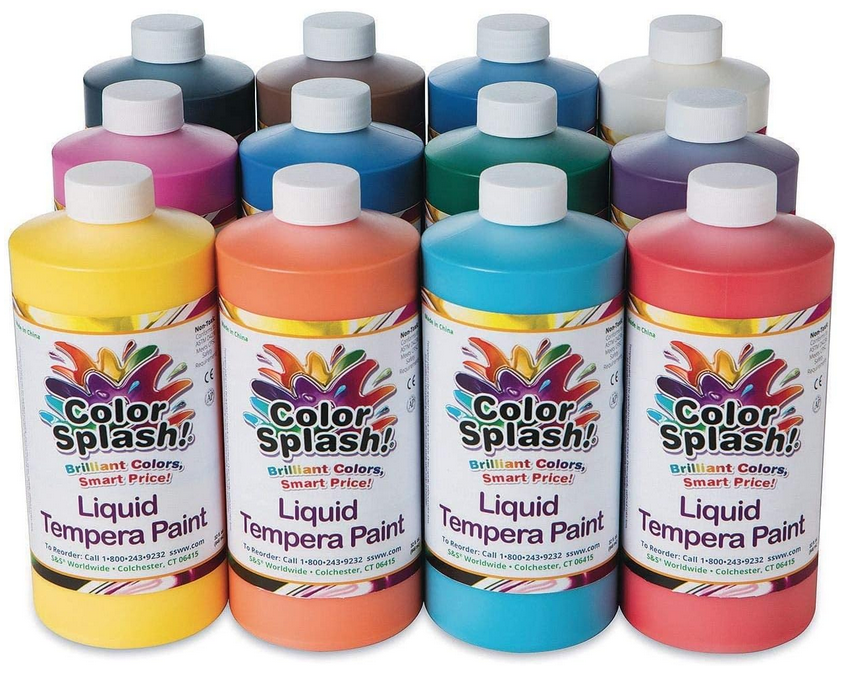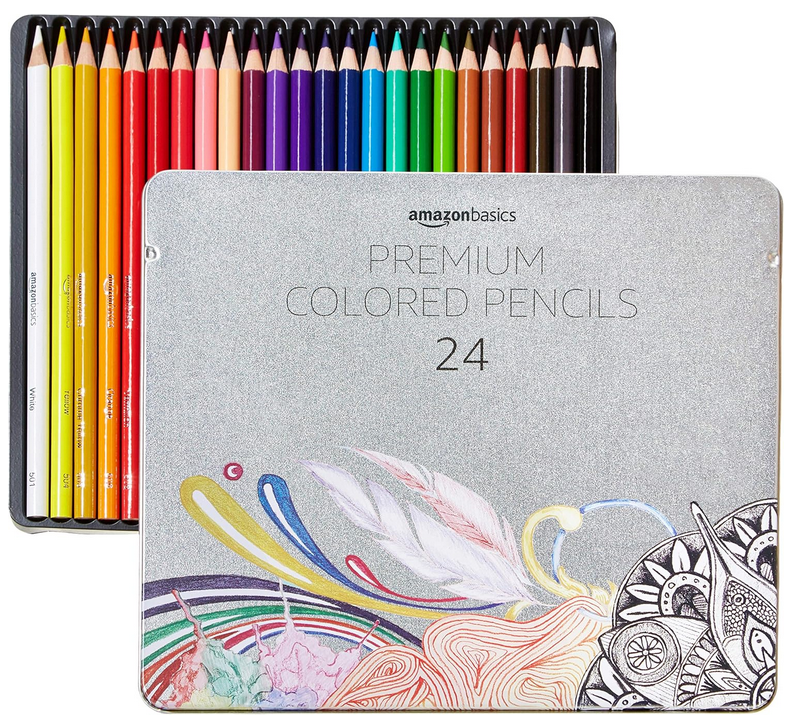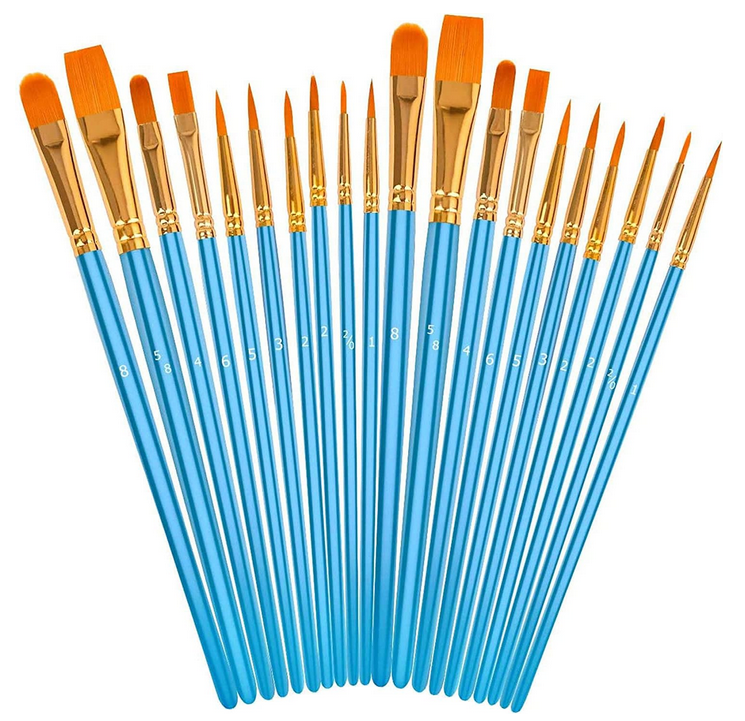- Home
- Art History
- Japan
Japanese Art
Japanese art history spans over 10,000 years, encompassing a rich tapestry of artistic traditions, cultural influences, and technological innovations. From prehistoric pottery to contemporary digital art, Japan's artistic journey reflects the nation's unique ability to preserve tradition while embracing change.
The earliest period in Japan art history begins with the Jōmon period (14,500-300 BCE), characterized by distinctive cord-marked pottery and clay figurines called dogū. These early artifacts, found throughout the Japanese archipelago, demonstrate sophisticated craftsmanship and a deep connection to spiritual practices.
The Yayoi period (300 BCE-300 CE) marked a significant shift in Japanese artistic expression, introducing bronze casting and new pottery styles. The iconic dotaku bronze bells of this era, discovered primarily in western Japan, serve as testament to the period's technological advancement and ritual significance.
During the Kofun period (300-538 CE), massive burial mounds called kofun emerged across Japan, accompanied by haniwa clay sculptures. These ceremonial objects provide valuable insights into ancient Japanese society and represent an important art history lesson in early Japanese sculpture.
The Asuka period (538-710 CE) brought Buddhist art to Japan via Korea, revolutionizing Japanese aesthetics. The magnificent Buddha statue at Hōryū-ji temple in Nara stands as one of the earliest and most important Buddhist sculptures in Japanese chronology.
The Nara period (710-794 CE) saw the creation of monumental Buddhist art, with the Great Buddha of Tōdai-ji temple exemplifying the era's grandeur. This period also witnessed the emergence of secular painting and the development of distinctive Japanese artistic styles.
The Heian period (794-1185) marked the golden age of classical Japanese culture, particularly in Kyoto. This era saw the rise of yamato-e painting, characterized by distinctively Japanese themes and techniques, moving away from Chinese influences.
The Kamakura period (1185-1333) brought a new realism to Japanese art, particularly in Buddhist sculpture. The great bronze Buddha at Kamakura's Kōtoku-in temple reflects this period's emphasis on naturalistic representation and technical mastery.
The Muromachi period (1333-1573) witnessed the rise of Zen-influenced art forms, including ink painting, rock gardens, and the tea ceremony. The famous Ryōan-ji temple garden in Kyoto exemplifies the period's minimalist aesthetic and philosophical depth.
The Momoyama period (1573-1615) introduced bold, decorative styles, notably in architecture and painting. The Nijō Castle in Kyoto, with its ornate wall paintings, represents the period's preference for dramatic, gold-leaf embellished artworks.
The Edo period (1615-1868) saw the flourishing of ukiyo-e woodblock prints, depicting scenes of daily life and famous landscapes. Artists like Hokusai and Hiroshige created works that would later influence European Impressionists and help shape global perceptions of Japan art history.
The Meiji period (1868-1912) marked Japan's opening to the West, leading to a fascinating fusion of traditional Japanese and Western artistic styles. This era of rapid modernization produced both traditional art forms and new hybrid styles, setting the stage for modern Japanese art.
Okay, so now I've put on some ads from Amazon - from which I may earn a few cents. (2025)



